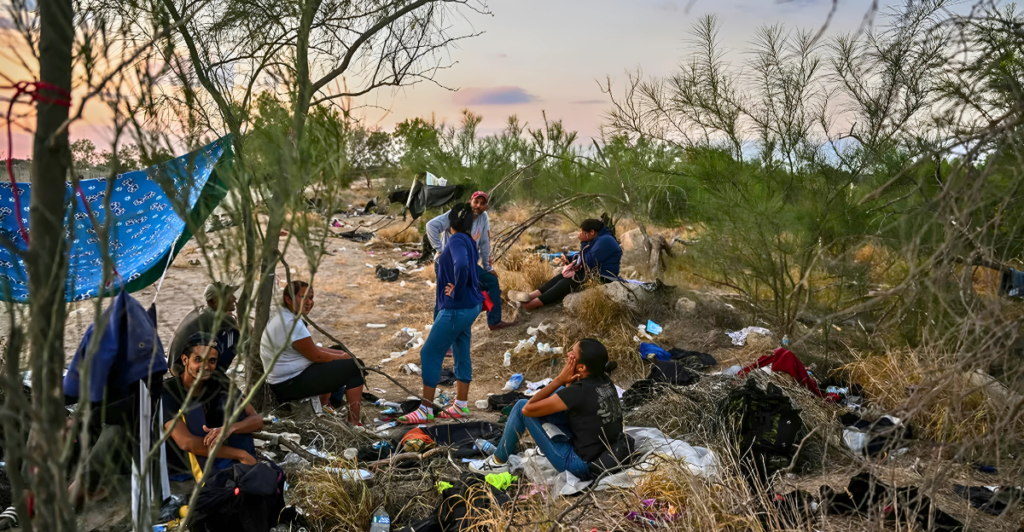
Yep. While most debates focus on politics, nobody’s talking about how illegal migration is wrecking fragile ecosystems, polluting rivers, and pushing endangered species closer to extinction. Trash piles, wildfires, and habitat destruction? Check, check, and check. This isn’t just a human crisis—it’s an environmental disaster in the making.
Trash Trails—The Desert’s Unwanted Souvenirs
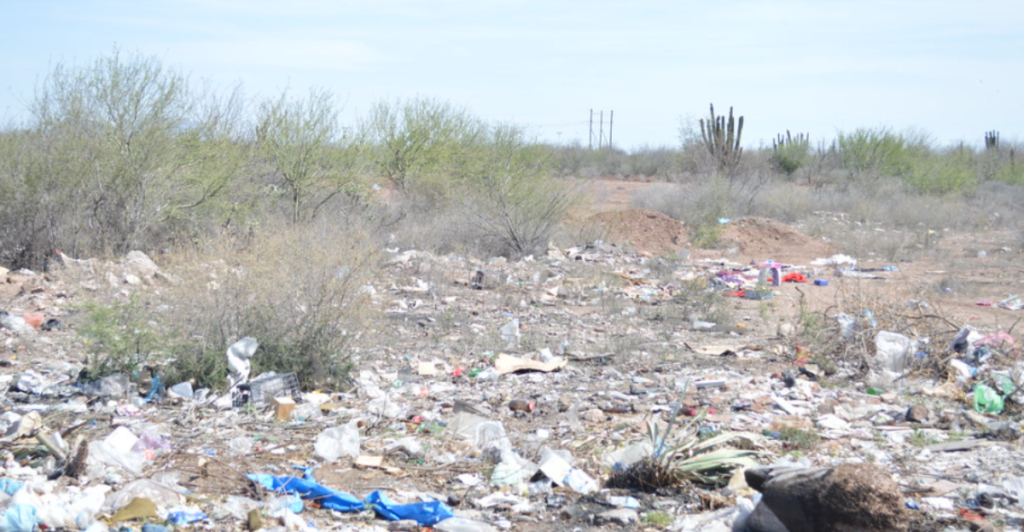
Thousands of migrants cross rugged, remote terrain every year, leaving behind tons of discarded clothes, plastic bottles, food wrappers, and medical waste. In Arizona alone, over 460,000 pounds of trash have been removed from just one border sector. Wildlife eats it, water sources get polluted, and the landscape turns into a landfill.
Wildfires—Igniting More Than Just Controversy
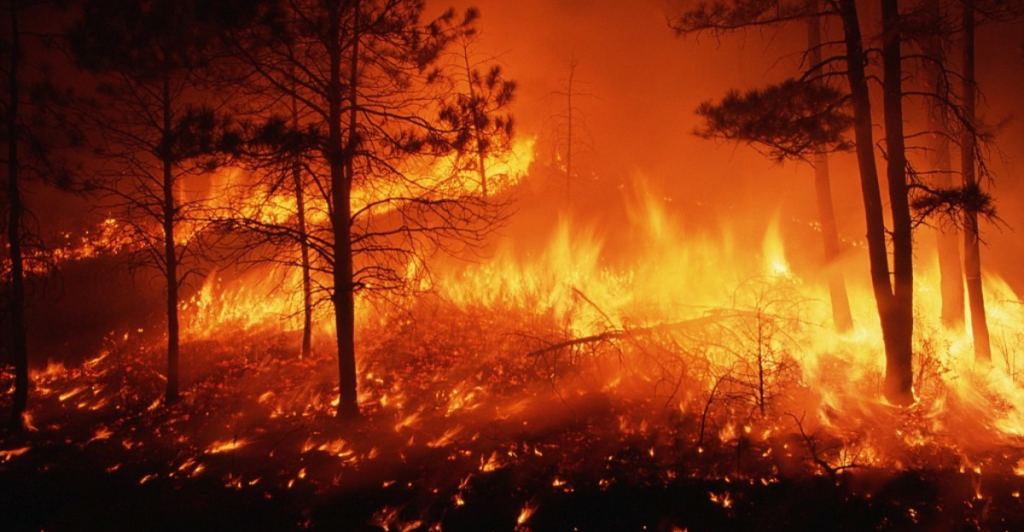
Deserts get freezing at night, so migrants light campfires. Makes senses? Sure. Except when they don’t put them out properly. One rogue ember could result in entire forests up in flames. Some of Arizona’s largest wildfires have been linked to human activity on migration trails. Millions of acres burned. Hundreds of animals dead, just like that.
Wildlife is Literally Getting Trampled

The U.S.-Mexico border is home to rare and endangered animals like jaguars, ocelots, and Sonoran pronghorns. But when thousands of people repeatedly walk through the same areas, trails turn into mudslides, vegetation dies, and animals lose safe hiding spots. And once that habitat is gone? It’s gone for good.
Water Pollution—Because We Apparently Need More of That
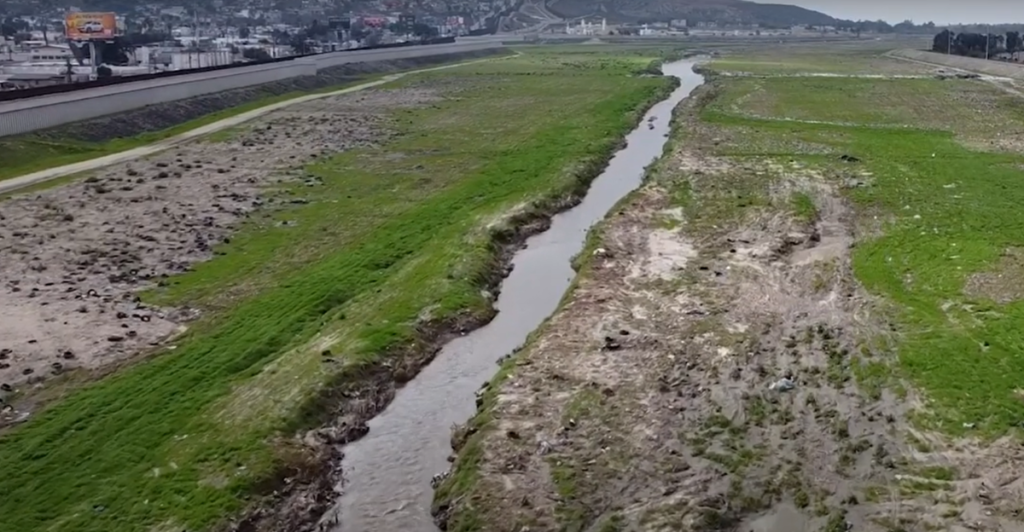
Imagine trekking through the desert for days. Of course, you’re going to dump waste wherever you stop. That means human waste, plastic bottles, and rotting food end up in rivers and streams. The Tijuana River is already one of the most polluted waterways in North America, and illegal crossings aren’t helping.
The Darién Gap—A Tropical Paradise Turned Toxic Dump
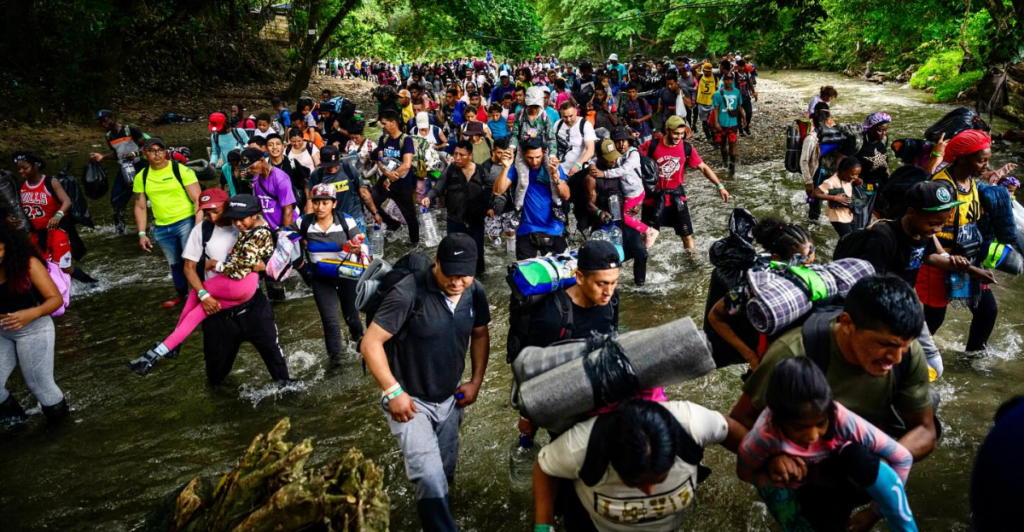
The Darién Gap—a dense rainforest between Colombia and Panama—used to be a pristine wilderness. Now it’s a migrant superhighway. Every year, 500,000+ people pass through, leaving behind abandoned clothes, rotting food, and plastic everywhere. Rivers are polluted beyond recognition, and indigenous communities are watching their land get trashed overnight.
Border Walls—A Double-Edged Sword
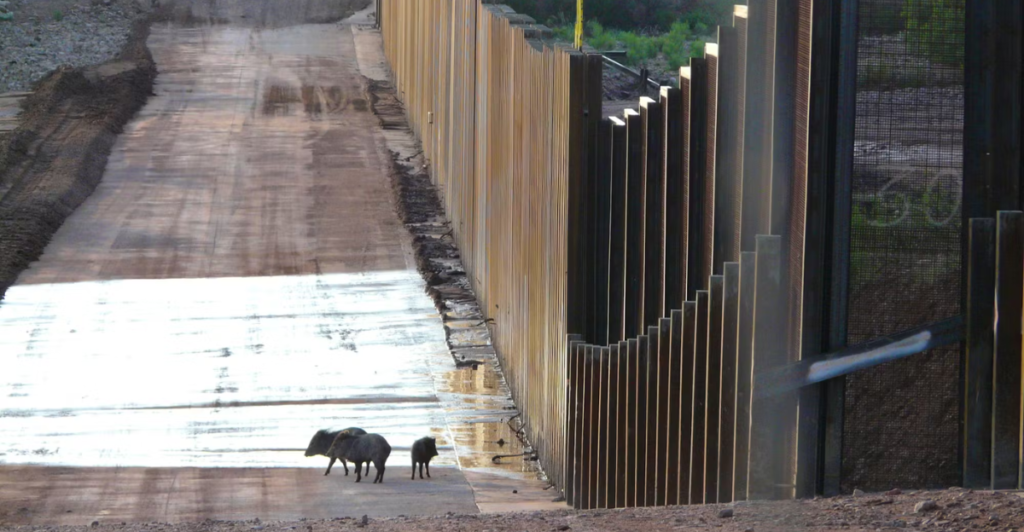
You’d think a physical barrier would help protect the environment. Nope. Border walls block animal migration routes, trap wildlife on the wrong side, and increase flooding risks. So while humans might find fewer ways to cross, the environment still loses.
What’s Happening to Indigenous Land?
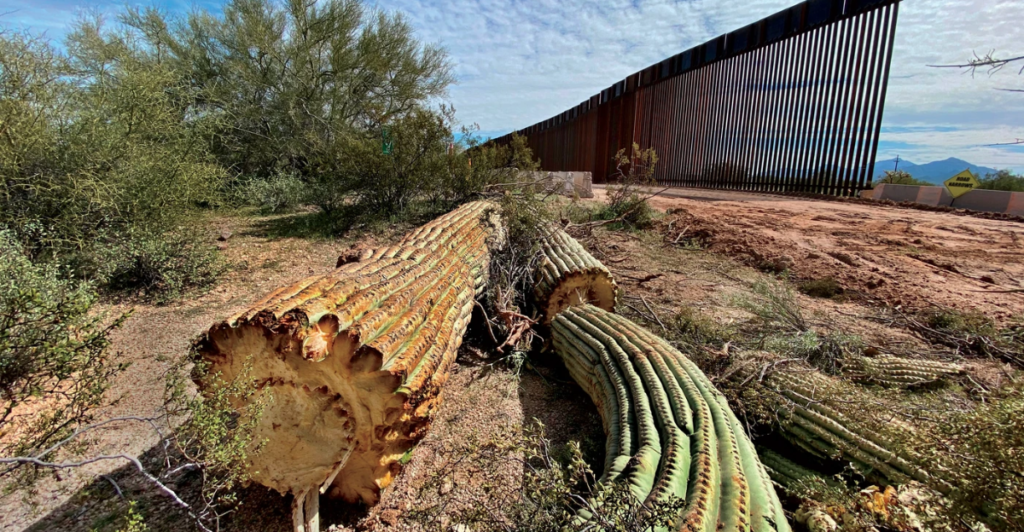
Border areas aren’t just wilderness—they’re home to indigenous communities that have lived there for centuries. The Embera-Wounaan people in Panama are watching their forests disappear as thousands of migrants trample through their land, cut down trees, and leave waste behind. Imagine your backyard turning into a dumping ground overnight.
The European Border Crisis—Same Problem, Different Continent
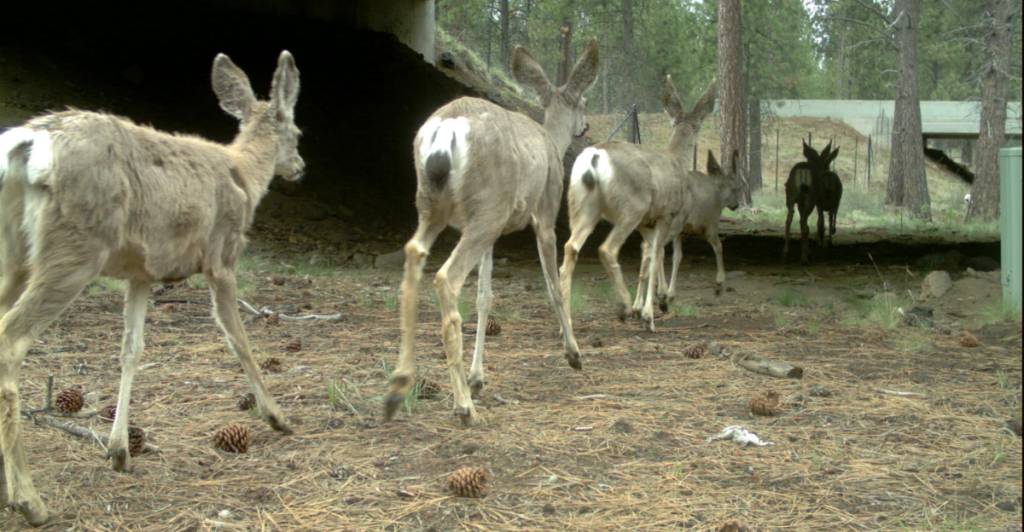
Think this is just a U.S.-Mexico issue? Think again. Hungary’s border fence with Serbia cut off wildlife migration routes, forcing animals into smaller, more dangerous areas. Migrants passing through left behind trash, waste, and damaged local ecosystems, just like in the U.S.
The Hidden Cost of Border Security Operations

It’s not just migrants causing environmental damage, border patrol operations have their own impact. Choppers, trucks, and surveillance towers require massive resources, and the constant patrols compact soil, disrupt ecosystems, and pollute the air. It’s an environmental Catch-22—more enforcement equals more damage.
Humanitarian Aid vs. Environmental Impact

Organizations leave food, water, and supplies for migrants in the desert to prevent deaths—but what happens when they’re not used? They become litter. Water jugs crack under the sun, food packaging gets blown into fragile ecosystems, and suddenly helping humans ends up hurting the planet. Balancing aid and conservation isn’t easy.
What Can Be Done to Stop This?
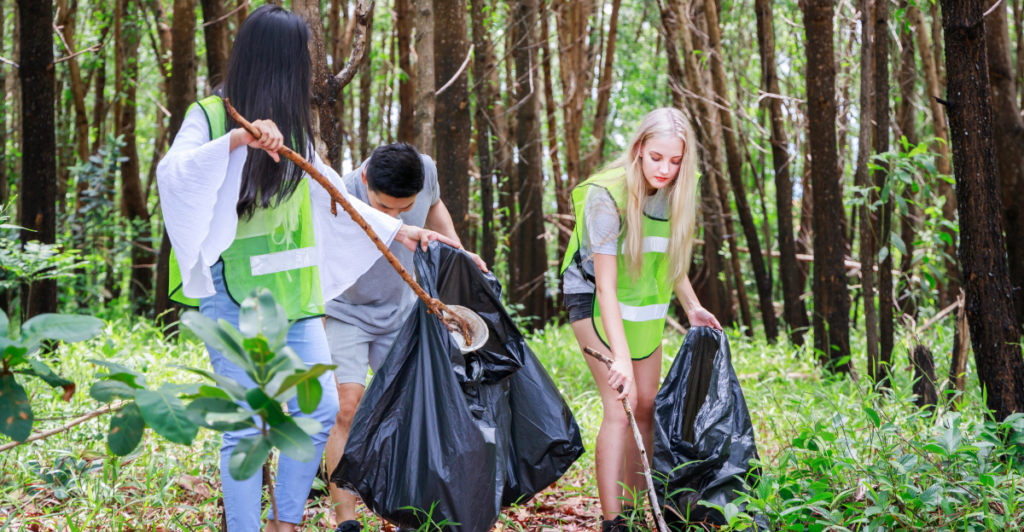
We can’t stop every environmental impact, but we can take steps to reduce the damage. Increasing funding for cleanup programs along migration routes would help remove the massive amounts of waste left behind. Educating migrants on responsible waste disposal can prevent further pollution, while eco-friendly border security measures could minimize harm to land and wildlife. Additionally, investing in smarter infrastructure can help manage illegal crossings without causing long-term environmental destruction.
The Big Picture—This Isn’t Just a Political Issue
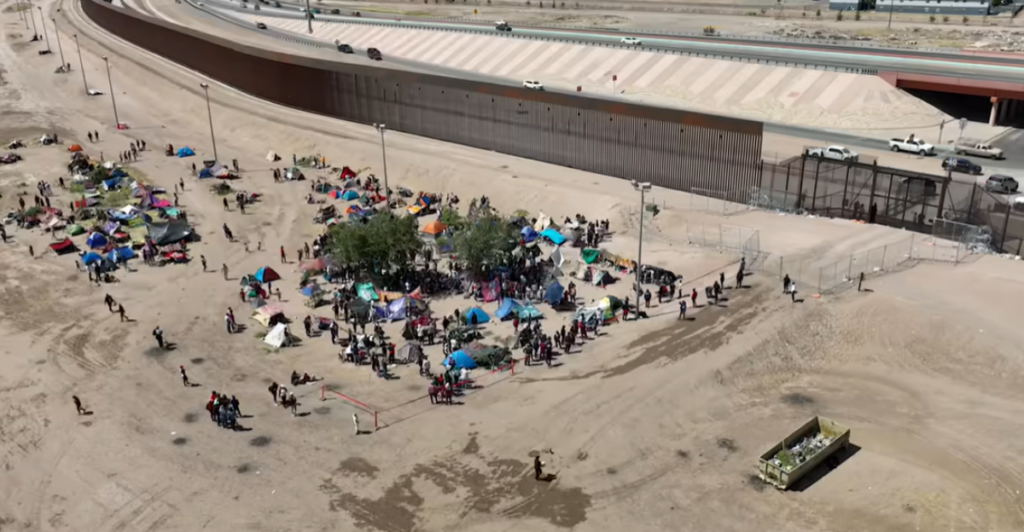
Illegal border crossings aren’t just about people either, they’re reshaping entire landscapes. Trash, wildfires, water pollution, habitat destruction—it’s all happening in real time. We can argue about policy all day, but if we don’t start addressing the actual environmental damage, we’re setting ourselves up for an even bigger crisis. So, how do we balance humanitarian aid, border security, and environmental protection? That’s the real question. What are your thoughts?
Explore more of our trending stories and hit Follow to keep them coming to your feed!

Don’t miss out on more stories like this! Hit the Follow button at the top of this article to stay updated with the latest news. Share your thoughts in the comments—we’d love to hear from you!







